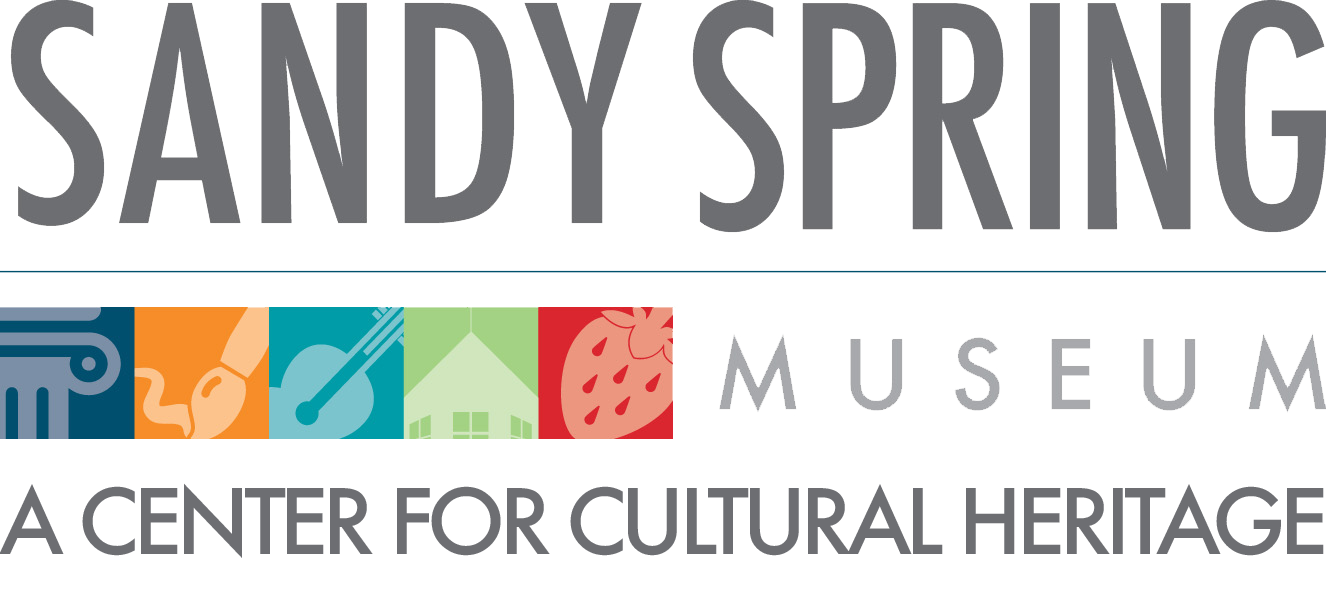TRANSCRIPTION
Do you instantly recognize the unique handwriting of a friend, loved one, or even a colleague? Perhaps you do so by the slope and shape of their letters, their consistency in spacing or any quirky embellishments unique to them. Now imagine the same immediacy in recognizing the handwriting of someone who lived 150 years ago. Such is the degree of intimacy you can develop through transcribing historic documents in the Museum’s archival collections.
When deciphering the script of long-ago Sandy Spring residents, transcription volunteers connect not only with the content of the text but also with the individuality of its historic author. The act of writing captures a deeply personal moment and transcription intimately connects the transcriber to that forgotten point in time when the scribe put pen to paper. Fascinating and addictive are two words we often hear volunteers using to describe the experience of transcribing.
Since 2019, hundreds of volunteers have transcribed over 10,000 pages of historic documents in the Museum’s collection. Beyond the personal gratification of connecting with the community’s historic figures, these hours of volunteer dedication add immense value to the Museum’s digital archives.
By transforming an image of handwritten text into something that a computer can recognize and read, volunteer transcribers ensure the highest degree of accessibility and searchability for each document they work on.
Transcription is an ongoing effort and we encourage everyone to give it a try. You can do so on your own or join us during one of our regularly-scheduled virtual Transcribe-a-Thons, which you will find on the website calendar. Click HERE to visit the collection on the transcription platform, From the Page.



